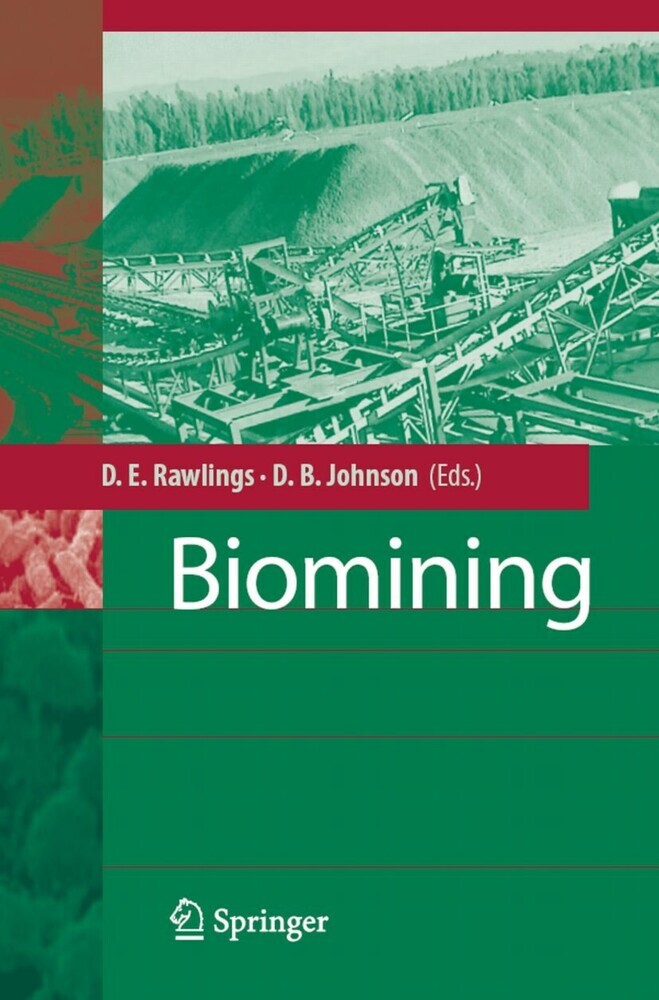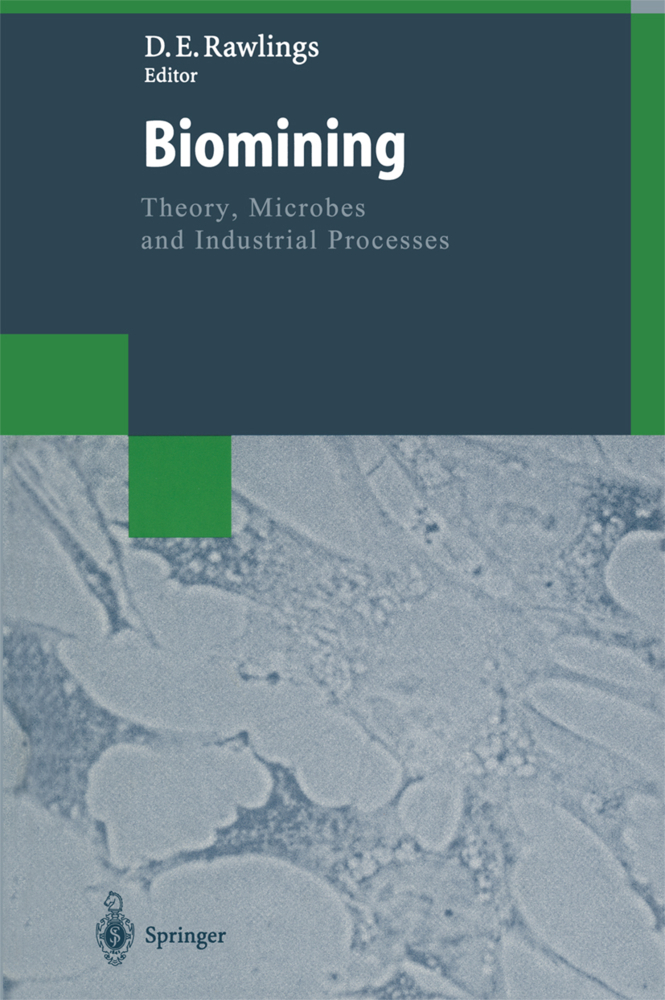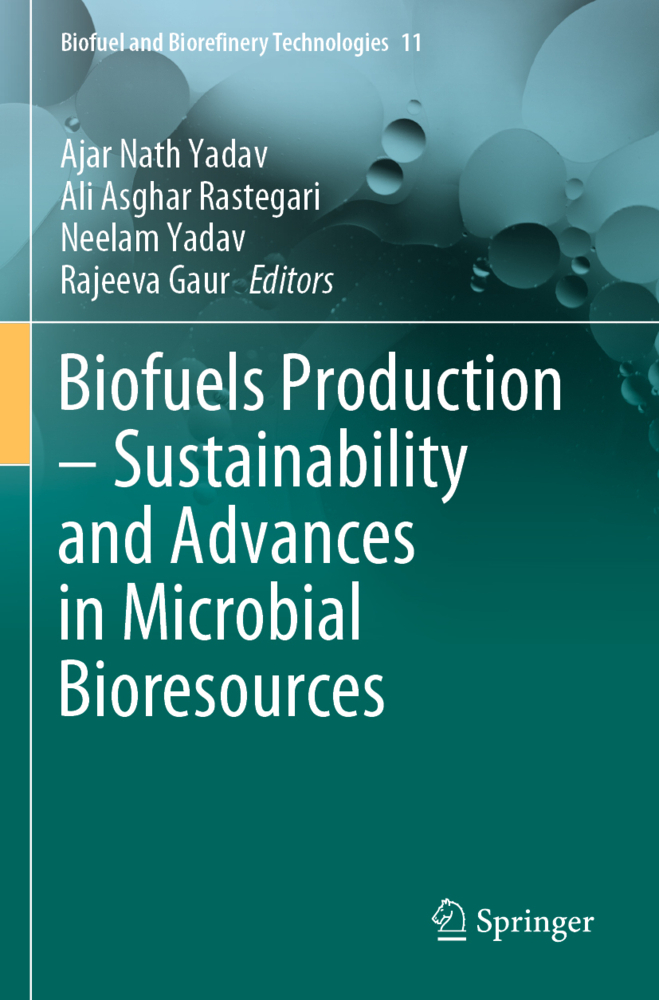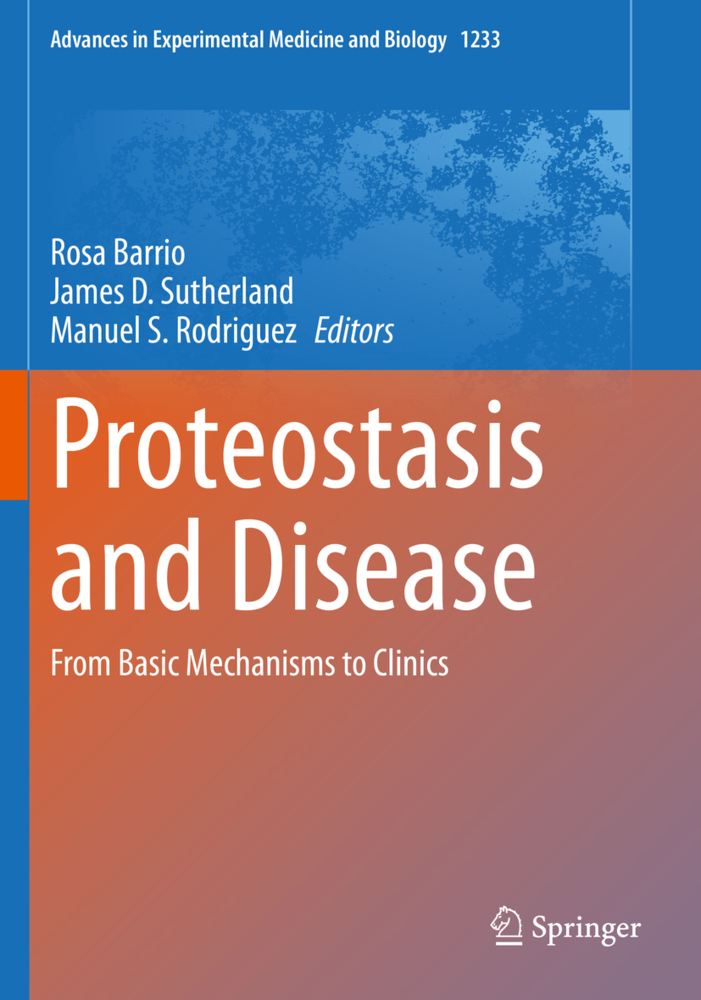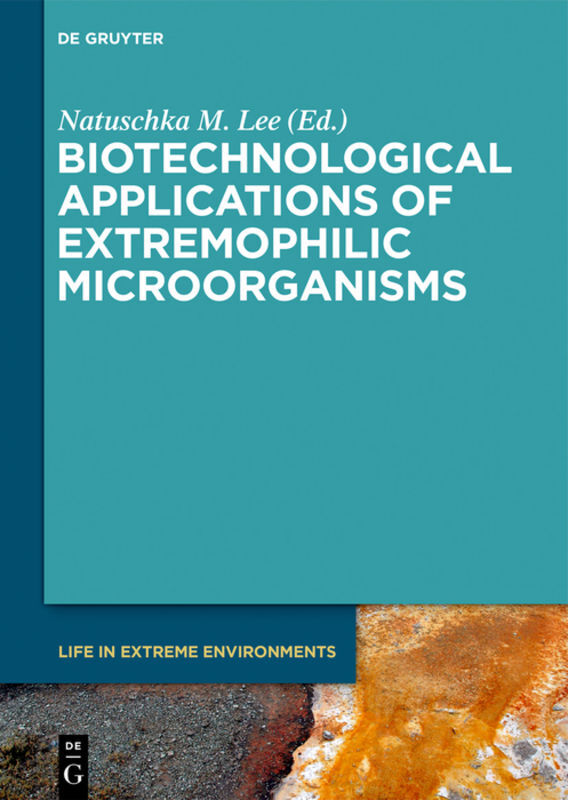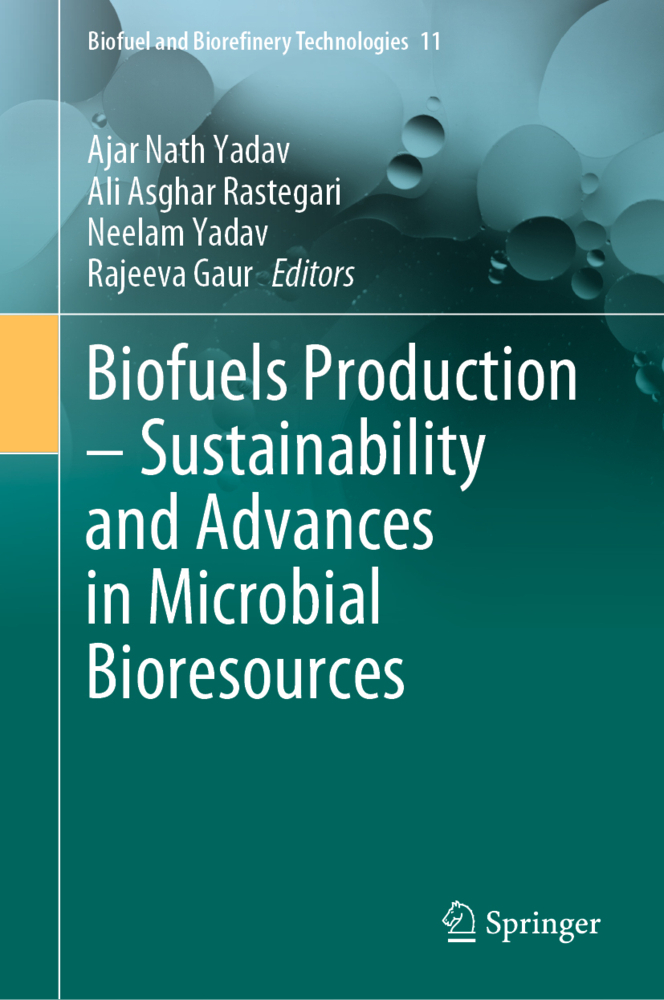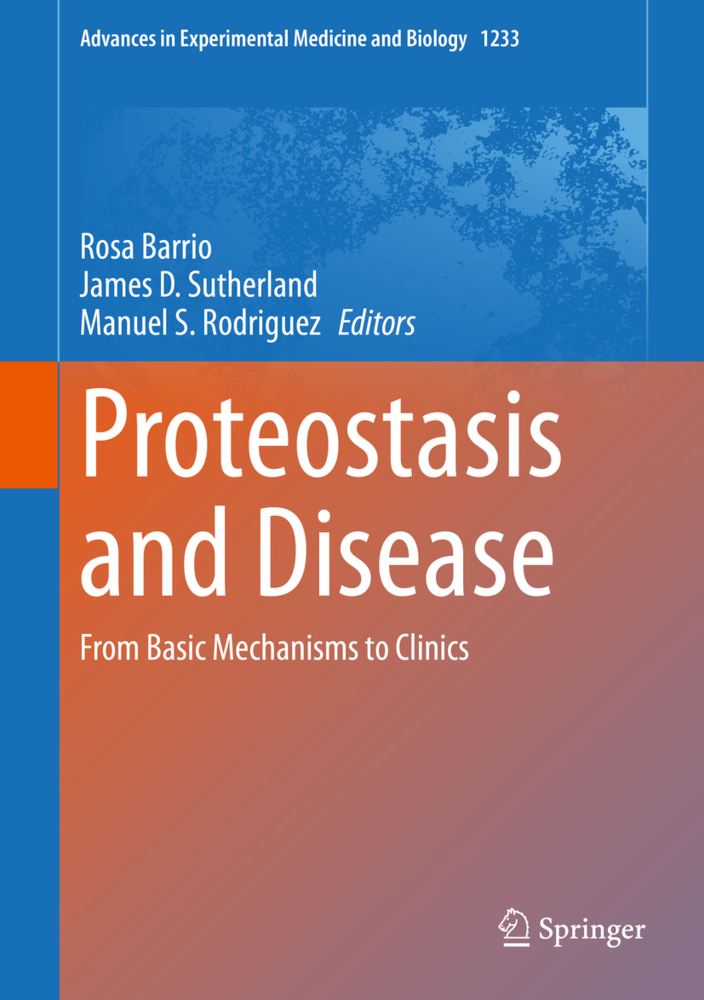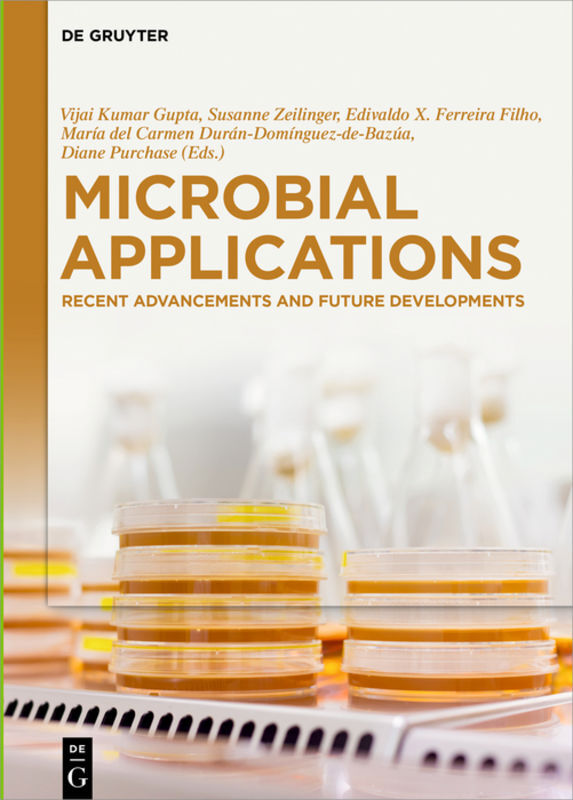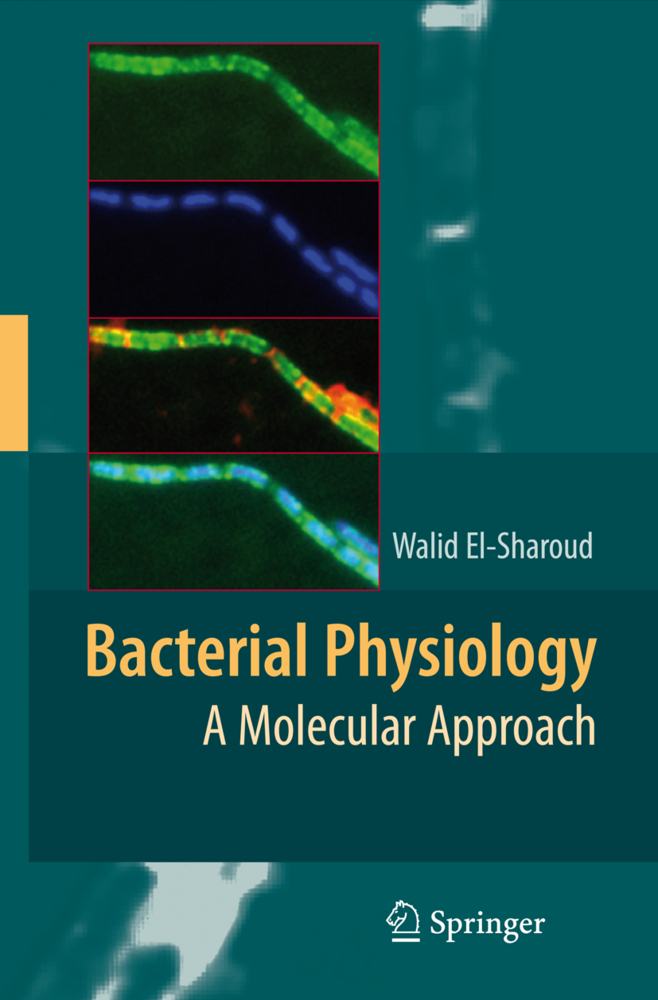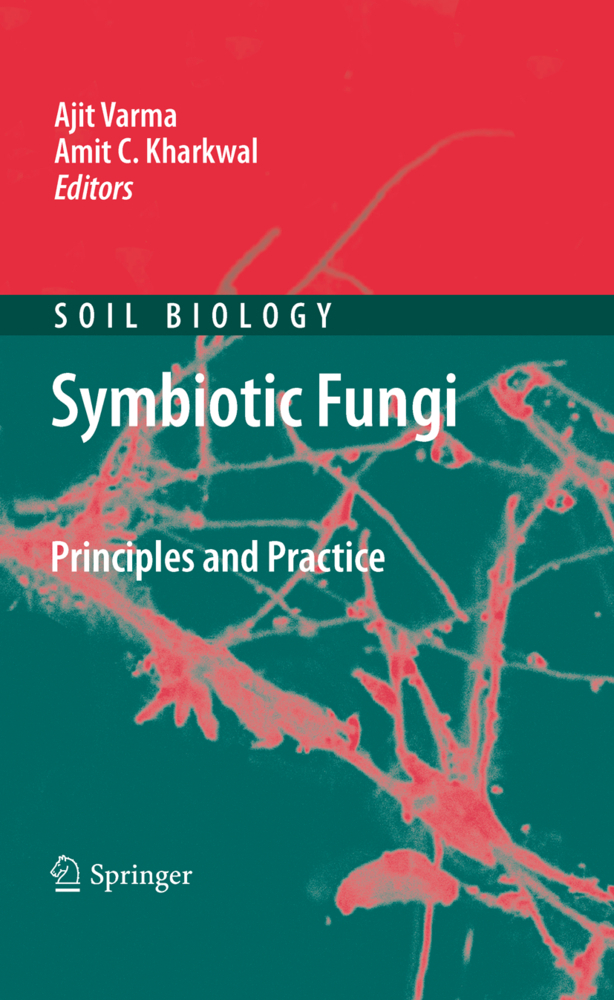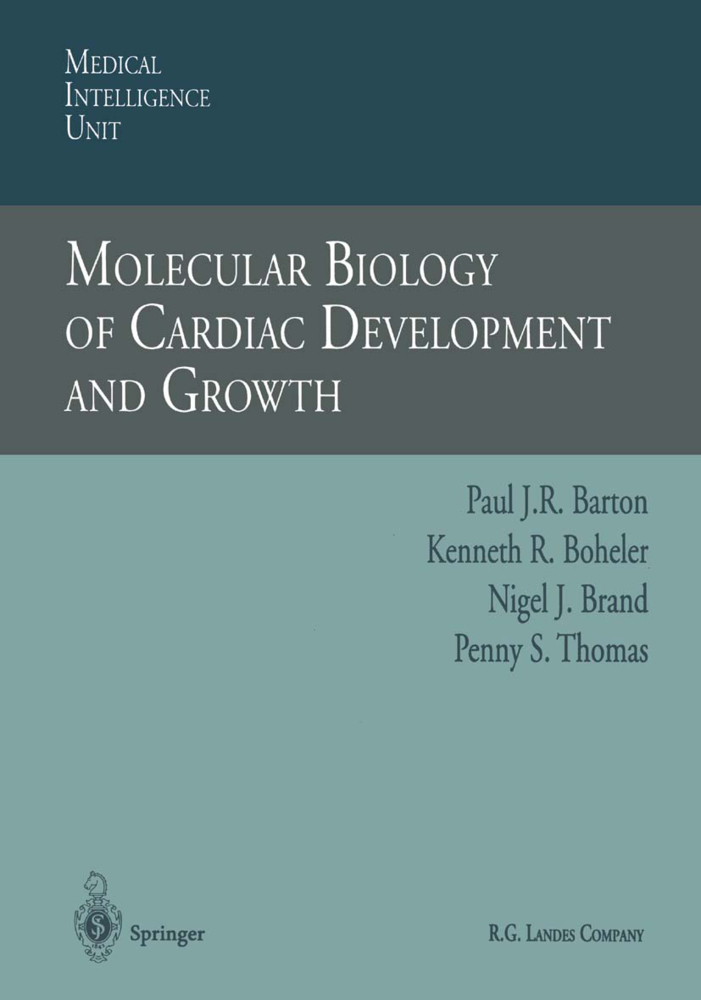Biomining uses microorganisms to recover metals, in particular copper and gold, from ores and concentrates. This book takes a strong applied approach to the study of biomining. It describes emerging and established industrial processes, as well as the underlying theory of the process, along with the biology of the microorganisms involved. Chapters have been contributed by experts from leading biomining companies, consultants and internationally recognized researchers and academics.
Douglas E. Rawlings: Professor and Head of Department of Microbiology at the University of Stellenbosch, South Africa. BSc (Hons), PhD Rhodes University, South Africa. Fellow of the University of Cape Town, Royal Society of South Africa (an immediate past President of RSSAf). Editor of previous book on subject Biomining, Theory, Microbes and Industrial Processes, published by Springer and RG Landes (1997).
D. Barrie Johnson: Reader in Environmental and Applied Microbiology at the University of Wales, Bangor, U.K. Doctoral and Batchelor degrees from the University of Wales. Fellowships held at the Idaho National Engineering and Environmental Laboratories, (US Department of Energy).1;Preface;5 2;Contents;7 3;List of Contributors;16 4;1 The BIOX(TM) Process for the Treatment of Refractory Gold Concentrates;19 4.1;1.1 Introduction;19 4.2;1.2 The BIOX(TM) Process Flow Sheet;20 4.3;1.3 Current Status of Operating BIOX(TM) Plants;23 4.4;1.4 The BIOX(TM) Bacterial Culture;26 4.5;1.5 Engineering Design and Process Requirements;27 4.6;1.6 BIOX(TM) Capital and Operating Cost Breakdown;36 4.7;1.7 New Developments in the BIOX(TM) Technology;39 4.8;1.8 BIOX(TM) Liquor Neutralization and Arsenic Disposal;45 4.9;1.9 Conclusion;50 4.10;References;50 5;2 Bioleaching of a Cobalt-Containing Pyrite in Stirred Reactors: a Case Study from Laboratory Scale to Industrial Application;52 5.1;2.1 Introduction;52 5.2;2.2 Feasibility and Pilot-Scale Studies;54 5.3;2.3 Full-Scale Operation: the Kasese Plant;63 5.4;2.4 Conclusion;70 5.5;References;71 6;3 Commercial Applications of Thermophile Bioleaching;73 6.1;3.1 Introduction;73 6.2;3.2 Commercial Context of Copper Processing Technologies;73 6.3;3.3 Key Factors Influencing Commercial Decisions for Copper Projects;77 6.4;3.4 Techno-commercial Niche for Thermophilic Bioleaching;82 6.5;3.5 Thermophilic Heap Bioleaching of Marginal Ores;89 6.6;3.6 Summary;94 6.7;References;94 7;4 A Review of the Development and Current Status of Copper Bioleaching Operations in Chile: 25 Years of Successful Commercial Implementation;97 7.1;4.1 Historical Background and Development of Copper Hydrometallurgy in Chile;97 7.2;4.2 Technical Developments in Chile in the Direct Leaching of Ores;99 7.3;4.3 Current Status of Chilean Commercial Bioleaching Operations and Projects;102 7.4;4.4 Current Advances Applied Research and Development in Bioleaching in Chile;109 7.5;4.5 Concluding Remarks;110 7.6;References;111 8;5 The GeoBiotics GEOCOAT® Technology - Progress and Challenges;112 8.1;5.1 Introduction;112 8.2;5.2 The GEOCOAT® and GEOLEACH(TM) Technologies;112 8.3;5.3 The Agnes Mine GEOCOAT® Project;118 8.4;5.4 Developing Technologies;126 8.5;References;127 9;6 Whole-Ore Heap Biooxidation of Sulfidic Gold- Bearing Ores;128 9.1;6.1 Introduction;128 9.2;6.2 History of BIOPRO(TM) Development;128 9.3;6.3 Commercial BIOPRO(TM) Process;130 9.4;6.4 Commercial BIOPRO(TM) Operating Performance;135 9.5;6.5 Lessons Learned;143 9.6;6.6 Final Thoughts;151 9.7;References;152 10;7 Heap Leaching of Black Schist;154 10.1;7.1 Introduction;154 10.2;7.2 Significance and Potential of Talvivaara Deposit;154 10.3;7.3 Biooxidation Potential and Factors Affecting Bioleaching;155 10.4;7.4 Leaching of Finely Ground Ore with Different Suspension Regimes;156 10.5;7.5 Heap Leaching Simulations;157 10.6;7.6 Dynamics of Biocatalyst Populations;163 10.7;References;165 11;8 Modeling and Optimization of Heap Bioleach Processes;167 11.1;8.1 Introduction;167 11.2;8.2 Physical, Chemical and Biological Processes Underlying Heap Bioleaching;168 11.3;8.3 Mathematical Modeling;173 11.4;8.4 Application of Mathematical Modeling - from Laboratory to Heap;179 11.5;8.5 Case Study I - Chalcocite;182 11.6;8.6 Case Study II - Sphalerite and Pyrite;185 11.7;8.7 The Route Forward - Chalcopyrite;188 11.8;8.8 Conclusions;188 11.9;References;189 12;9 Relevance of Cell Physiology and Genetic Adaptability of Biomining Microorganisms to Industrial Processes;191 12.1;9.1 Introduction;191 12.2;9.2 Biooxidation of Minerals Is a Marriage Between Chemistry and Biology;191 12.3;9.3 General Chemistry of Mineral Biooxidation;192 12.4;9.4 Advantages of Mineral Biooxidation Processes Compared with Many Other Microbe- Dependent Processes;193 12.5;9.5 Should New Processes Be Inoculated with Established Microbial Consortia?;195 12.6;9.6 Types of Organisms;196 12.7;9.7 General Physiology of Mineral-Degrading Bacteria;198 12.8;9.8 Autotrophy;199 12.9;9.9 Nitrogen, Phosphate and Trace Elements;200 12.10;9.10 Energy Production;201 12.11;9.11 Adaptability of Biomining Microorganisms;205 12.12;9.12 Metal Tolerance and Resistance;206 12.13;9.13 Conclusions;209 12.14;References;209 13;1
Rawlings, Douglas E.
Johnson, D. B.
| ISBN | 9783540349112 |
|---|---|
| Artikelnummer | 9783540349112 |
| Medientyp | E-Book - PDF |
| Auflage | 2. Aufl. |
| Copyrightjahr | 2006 |
| Verlag | Springer-Verlag |
| Umfang | 314 Seiten |
| Sprache | Englisch |
| Kopierschutz | Digitales Wasserzeichen |

